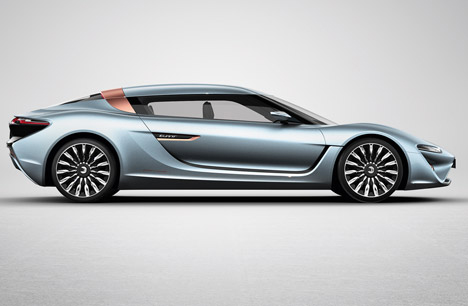
Whether or not you’ve jumped on the electric cars bandwagon already, the chances are that we will all have to switch to non-fossil fuel cars in the future. Unless they’re being charged with solar power, electric cars are still consuming fossil fuels from the grid, anyway. An entirely new way of thinking about fuel inspired a company called Nanoflowcell to develop a car powered by what appears to be a salt water-powered fuel cell.
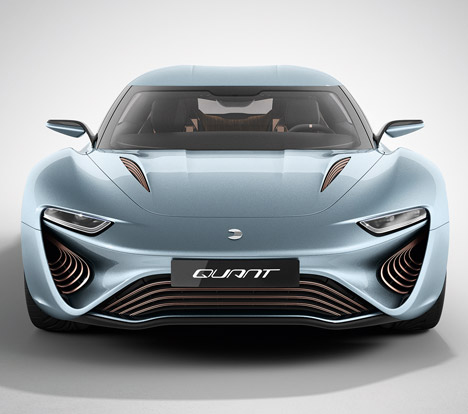

The Quant e-Sportlimousine is being touted as the world’s first salt water powered car. The technology is surprisingly simple: two liquids are combined, with metallic salts acting as electrolytes. This creates an electrochemical reaction. The solution is pumped through two separate cells to induce “cold burning,” a process that produces electrical power. The setup is known as a flow cell battery.
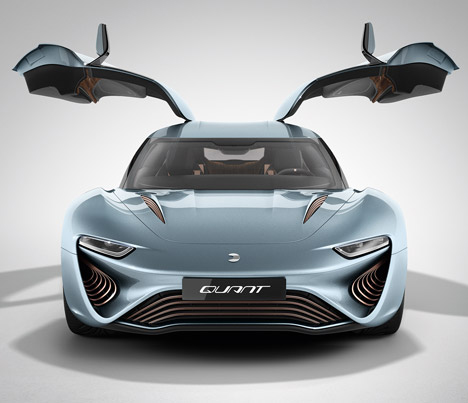
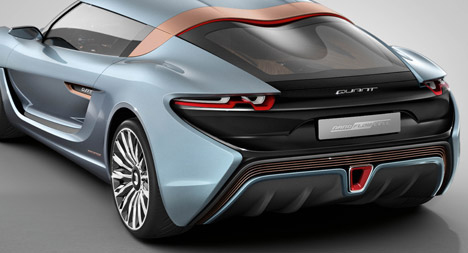
Although their feasibility has been questioned by some, flow cell batteries are far superior to the lead-acid or lithium-ion batteries currently used in electric vehicles. They can take a vehicle 20 times farther than a lead-acid battery or five times farther than a lithium ion battery. Unlike conventional batteries which require a long time to recharge, all that is needed to recharge flow cell batteries is an exchange of the spent electrolyte-rich fluid for new, charged fluid.
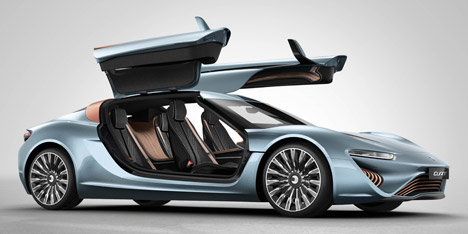
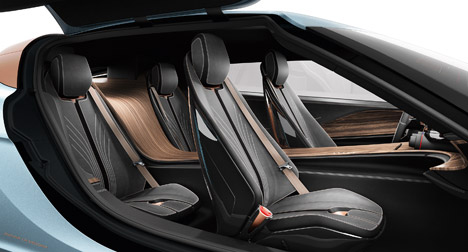
The e-Sportlimousine is still under development, but it recently got approval for road testing in Germany. It has been in development for 14 years and, besides its impressive technology, is just plain handsome with its gull wing doors and modern streamlined interior. Its makers claim that it can travel up to 600 kilometers (about 373 miles) on a single tank of salty fuel and can reach speeds of over 200 MPH. With the first prototype having been declared safe to roam the German roads, the race is now on for the company to produce and test more prototypes while refining their technology.




